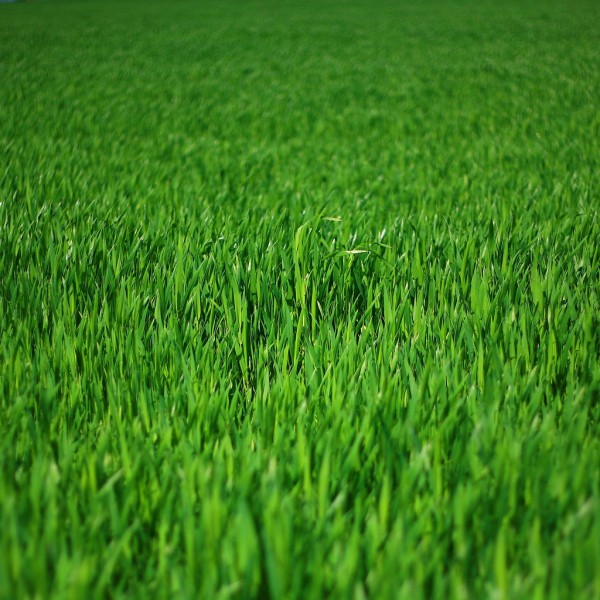Kick the grass habit: why your home should go lawn-free
Megan Griffith-GreeneWebsite

It's time to rid our neighbourhoods of the green menace. Creative Commons photo by Robert S. Donovan.
From the first breath of spring, we North Americans dream of an expanse of green grass, a vast carpet that tickles our skin and stains our sundresses on which we can spend long, lazy days barbecuing and reading summer fiction. But our love affair with the lawn has got to stop.
Even pesticide-free, grass is an environmental menace. The U.S. Department of Energy estimates the footprint of fertilizing an acre of lawn equals a 700-kilometre car trip, and Statistics Canada found that gas-powered lawnmowers—which two-thirds of Canadians with lawns own—contribute to smog as much as driving from Saskatoon to Montreal. Kentucky bluegrass, which actually has its roots, so to speak, in Europe and the Middle East, is so ill-suited to our climate that it requires constant water and food (causing irate and impassioned CBC Radio listeners to vote it Canada’s worst weed). But lawns stretch across 32 million acres of the U.S., occupying more space than wheat, corn or tobacco. (There are no comparable numbers collected from Canada.) Who knew so much green space could be such bad news?
Edible Estates: Attack on the Front Lawn (Metropolis Books, 2008), a project by artist and environmental designer Fritz Haeg, documents one solution to our yard woes. He turned lawns into farms, growing “edible landscapes” in three sites in the U.S. and one in England. Destroying the uniform lawns, to Haeg, is more than ecological: it’s revolutionary. “The monoculture … covering our neighbourhoods from coast to coast,” he writes, “celebrates puritanical homogeneity and mindless conformity.” Like Joni Mitchell’s hissing summer lawns, which represented control and repression in unhappy suburban marriage, Haeg’s work dismantles the way the lawn “divides and isolates us.”
Haeg’s projects defied that isolation, with communities collaborating on the antilawn designs. But for those of us with small green squares, going lawn-free doesn’t have to be complicated. The answers are easy to implement. Put down mulch so water stays in the soil. Compost and collect rainwater. Plant native species in abundant diversity: they won’t need much water and they’ll handle pests better (start with Evergreen’s native plant database). Plant trees: they are still the best carbon sinks we have. Get out your shovel, put on some sunscreen and let it grow, lawn-free, from there.